Media Platform &
Creative Studio
Magazine - Features
In conversation: Maria Belik
Joana Alarcão
In this conversation, we talked with Maria Belik, whose practice emerges at a crucial intersection of artistic authenticity and social responsibility. Based in London, this international painter and illustrator has developed a distinctive approach that challenges the increasing digitization of contemporary art while maintaining deep engagement with pressing social issues.
12 August 2025
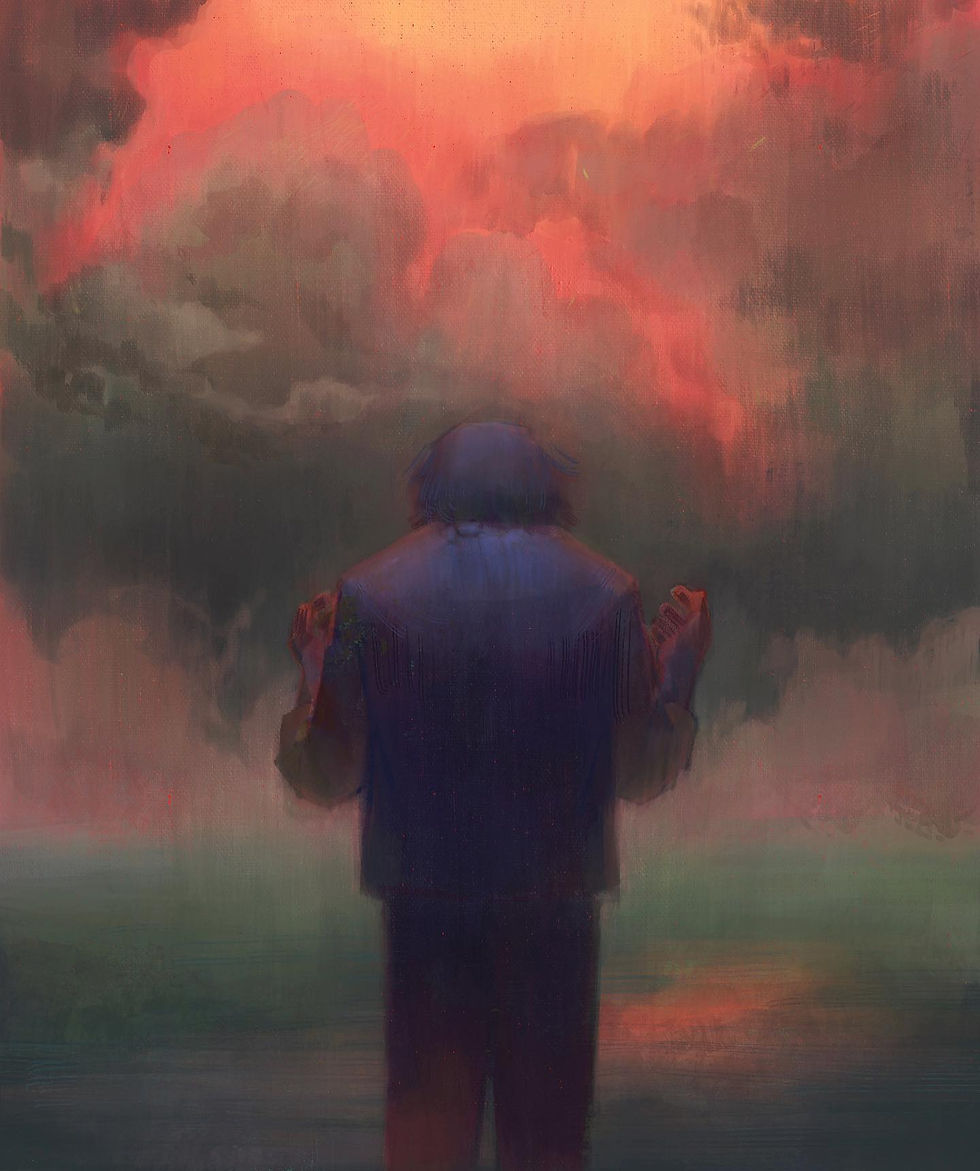


Maria Belik is an international painter and 2D animator based in London, UK, brings visions of dreams, love, everyday sadness, and unique life experiences to life through her use of experimental mixed media and traditional and digital materials. Her inspiring and emotive works of art aspire to bring emotion to the hearts and minds of people around the world, reminding us all of the beauty and complexity of the human experience. Maria has received numerous awards for her work in short films, and is known for her graduate experimental film 'Key' (2022).
"I view art as a unique expression of what I've gone through—like a diary of possibilities that may never come to fruition."
London-based painter and illustrator Maria Belik's ongoing series functions as both a personal reflection and a political record. Initiated during Pride Month 2025, these reportage drawings capture crowds, public gatherings and protests along the Thames River, deliberately becoming both a call to action and a powerful counter-narrative to AI-generated imagery. “The project’s main goal is to represent the human experience of the world around us exceptionally… The simple act of going outside, standing in a crowd, and drawing people around you is a kind of ode to humanity.” Furthermore, the series is rooted in a socio-political critique, chronicling environmental and demographic shifts across diverse locations in London, uncovering how ideology can be shaped by geography, with LGBTQ+ celebrations being less acknowledged the further you travel from central London.
On another note, a remarkable feature of Belik's methodology is her interconnection between artistic creation and social accountability. Through collaborations with refugee charities like Compass Collective and several others across the UK, her practice moves beyond studio and gallery settings to encompass direct community engagement. By employing both visual and conceptual narratives that articulate complex emotional conditions, such as immigration anxiety and creative paralysis, Belik develops resonant visual narratives that transcend personal meditations, solidifying her as a significant voice in contemporary socially engaged art.
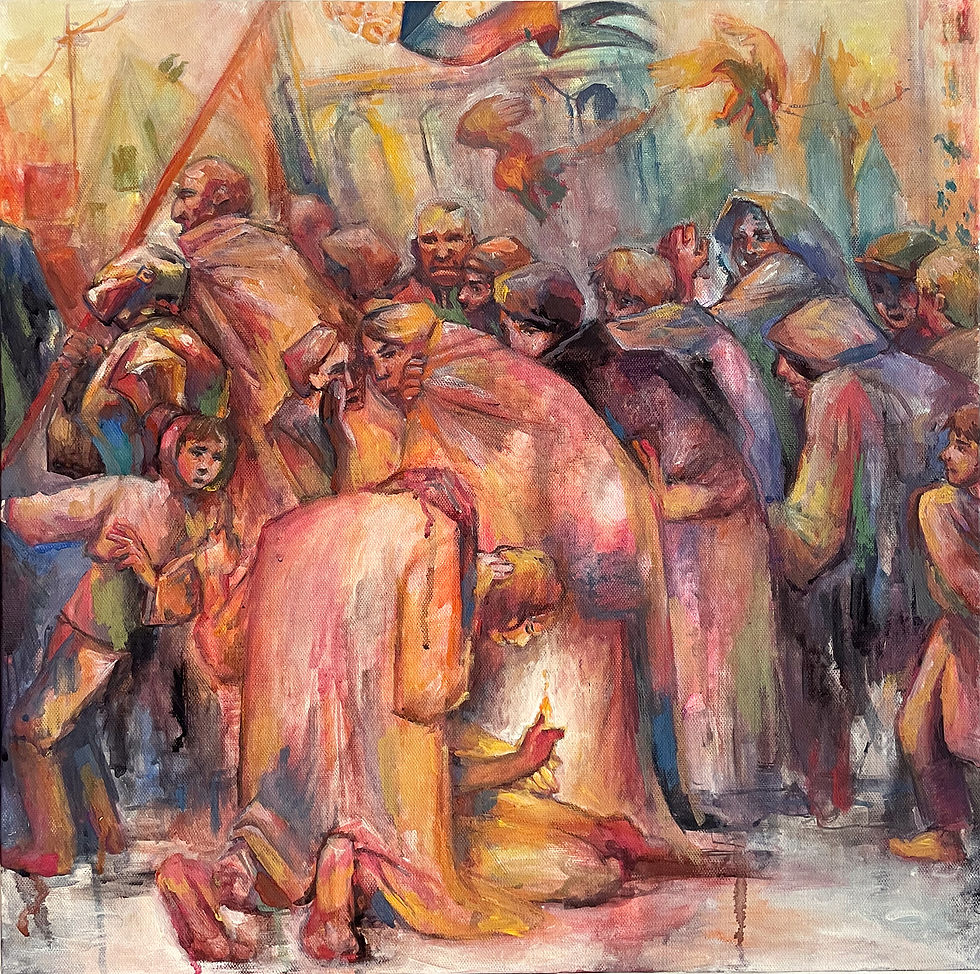
Could you describe the pivotal moments or experiences that led you to become the painter and illustrator you are today?
The journey of creating art is a peculiar one – there always seems to be a lot of changes that happen almost every month, yet overall, it feels like a smooth line, travelling up and down. If I had to pinpoint specific events, it would be this one.
Growing up, I never had to deal with a sudden death or a terrifying traumatic event, yet I did struggle with anxiety and depression, especially when it came to high school, as a lot of artists of my age can relate to. That experience, of time passing slowly and being constantly on edge, has translated into a constant urge to draw. Yet, one day, it flipped on its head. I was getting better, looked around my room, and realised that it all shall pass. That time will go with no mercy, and I have forgotten most of my adolescence because of mental health – so I started recording what I saw. It began with observational painting, then progressed to sketches of people and architecture, and ultimately led to illustrating metaphorical versions of these subjects.
This journey of artistic expression became a catalyst for personal growth, a source of motivation and encouragement. By now, after so many years, it feels like second nature, similar to taking a photo – but by drawing it instead.
In your statement, you mentioned that your practice aims to transform the unknown, the experienced and the painful into visual art. Could you elaborate on this conceptual approach and describe the specific techniques you use to portray it visually?
We all indeed see the world differently. Our experiences shape us; people can love and hurt us, and we absorb it all to become who we are today. I view art as a unique expression of what I've gone through—like a diary of possibilities that may never come to fruition.
Colour is powerful in my work, but not in the stereotypical way – red does not always mean bad, and green does not always mean good; it is mixed and deliberately placed, allowing the viewer to feel something particular. By layering various tones together and feeling up what feels right to put is the goal, with a strong sense of avoiding limiting myself in any way. Limitation is my greatest enemy—along with many other artists. It creates walls and structure that suffocate me, ultimately leading to burnout.
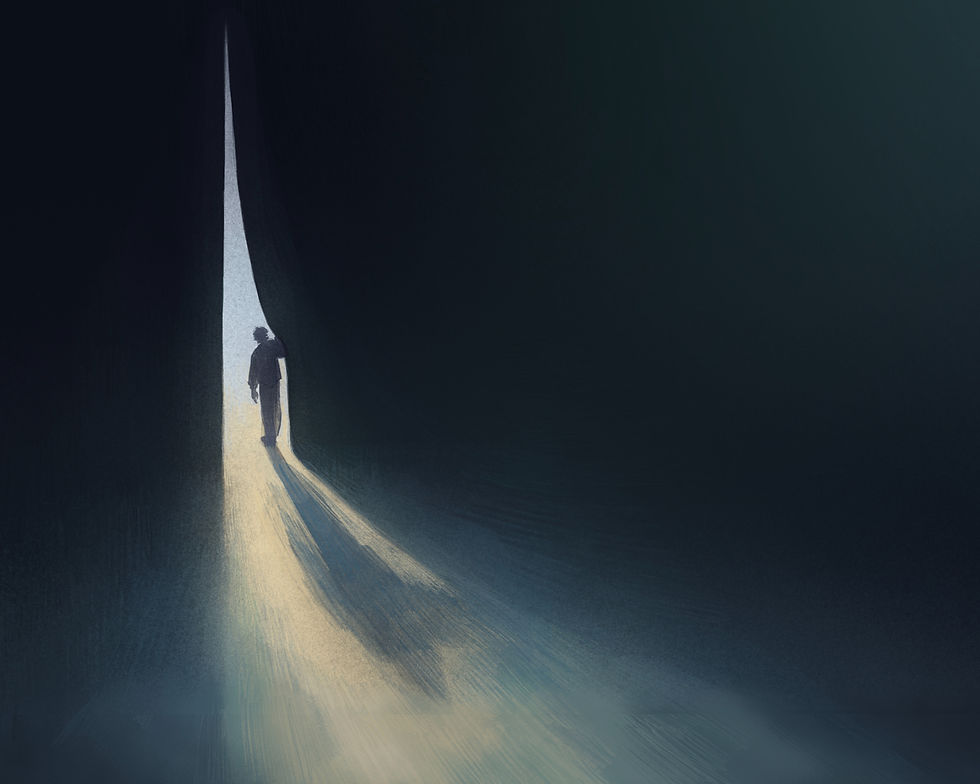
Currently, you are developing a project that serves as an archive of reportage drawings around London. What can you tell us about the projects conceptual and visual languages? What social or political themes are you documenting?
The project’s main goal is an excellent representation of humans’ experience of the world around them. With the slow rise of AI and its incredibly unbearable harm to the climate and job market, the simple act of going outside, standing in the crowd, and drawing people around you is a sort of ode to humanity.
I initially focused on the Thames Path, exploring its history and culture, and how it connects people simply by existing. Crowds gather along the Thames, engaging in various activities—performing, relaxing, sleeping, singing, and enjoying life. From this starting point, I intend to expand my journey beyond London, observing how the environment changes as I, as an artist, travel through different parts of the UK from east to west. I will pay attention to how people's reactions, attire, and behaviors differ, as well as the presence of international visitors.
Sociologically, we often forget that, despite living in large cities, there is a clear divergence between our lifestyles and the environments that surround us. This divergence grows more pronounced the farther we travel. The political aspect is also significant; I began the hands-on part of my project during Pride Month in 2025, when the LGBTQ+ flag was prominently displayed, and pride parades were in full swing alongside counter-parades.
However, as I ventured further from central London, it became apparent that fewer people seemed to care about these celebrations.
This project serves both as an outlet to preserve artists' personal views and experiences and as a means to inspire the audience to effect change. What techniques or methods are you using to effect this change?
Apart from the aforementioned method of physically walking, observing, and capturing the space, there is also the research side. I am keenly interested in exploring the historical routes of London and understanding how it has become a center for immigration and asylum. The diversity of cultures and languages we encounter daily is vast, but this has not always been the case. London is a city that has transformed over time, and it serves as a testament to this evolution. By examining the history of the Thames Path alongside the development of London, we can not only deepen our own understanding but also help our audience appreciate the world around them.
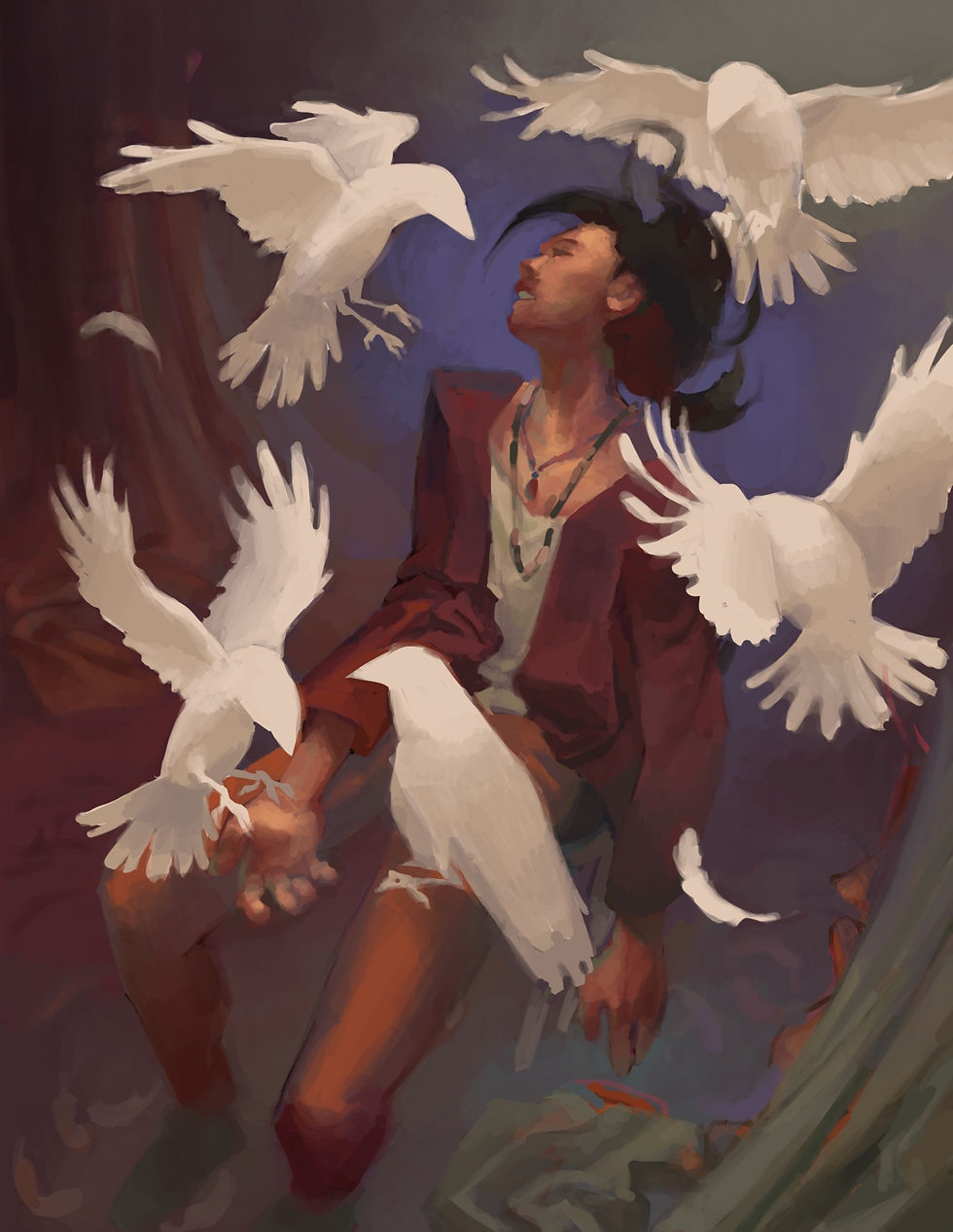
Could you provide insights into the illustration you submitted, titled 'Free and Everlasting'?
“Free and Everlasting” is a digital illustration, initially drawn in the sketchbook and then later developed in Procreate. Originally inspired by the musical piece “Want to Be Free” by the British band Sea Power, it tells a story of a character unable to escape their own mind. The painting, much like the song, aims to portray the feeling of loneliness, the deep, unsettling feeling of being confined within your own body, even though there are signs and opportunities around you to get out and feel happy again.
The emotions depicted in the illustration are reminiscent of the experience of sleep paralysis. Additionally, the piece holds personal significance for me as it reflects my experience as an immigrant living in a country different from my homeland. It symbolizes the challenge of finding happiness and seizing opportunities to achieve my dreams, while simultaneously feeling held back by uncertainty, a sense of loss, homesickness, and fear.
How does your commitment to sustainability manifest in your artistic practice and medium choices?
Being an artist, regardless of specialisation, means not only occupying space and storage, but also requiring an incredible amount of equipment, as well as generating waste. It is easy to forget that for a painter, there are numerous paints, palettes, canvases, papers, and oils. For the graphic illustrator, it is a graphic tablet, a laptop, a multitude of cables and tech – not to mention the array of sketchbooks, notes, pens, pencils, charcoal, and more. The act of collecting becomes more extensive, and the space you reside in becomes smaller; hence, one of the reasons why many artists have a separate studio space.
Since the COVID-19 pandemic affected us all, I have shifted my mindset when it comes to making art. I realized that I didn't need much to create a lot. Gradually, I moved from using canvases to incorporating materials I would typically discard, such as cardboard, packaging, receipts, and the covers of sketchbooks. This approach added a unique charm and authentic texture to my work. Nowadays, I invest more effort into upcycling, cutting up clothes I no longer wear to create new items or incorporating them into my projects. Food waste is turned into compost for growing trees, and other waste is transformed into something new. This shared experience during the pandemic has brought us closer as a community, and I hope it resonates with you as well.
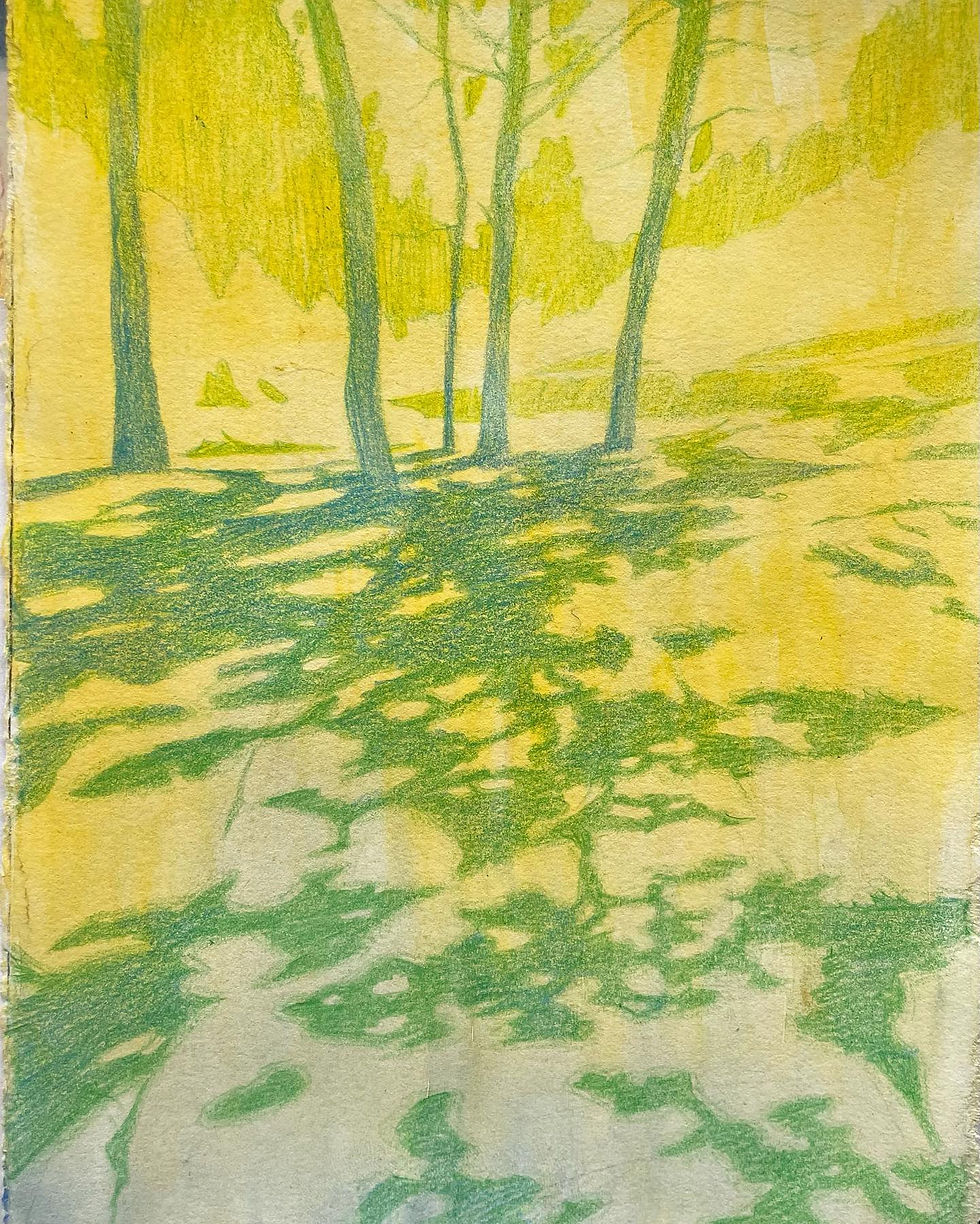
You also work with various charity companies in support of UK refugees and immigration, education for immigrants and children, and peace. How do you connect your artistic practice with these organisations, and how do they influence your artistic vision?
The first company I have ever worked with was Compass Collective. This small arts charity supports young refugees and asylum seekers through creative projects and arts-led professional development programmes. Through them, I have discovered a world of companies that are willing to put themselves out there and work towards helping immigrants around the UK, as well as shine a light on their struggles, giving them their own voice.
After our initial collaboration, we partnered on several small films aimed at promoting support and peace. In these projects, the individuals we worked with had the opportunity to step forward as writers and voices, while I served as a visual guide. I didn’t charge much for these projects because my intention was not to profit; I was and still am genuinely passionate about the work we were doing.
Since that first film, I have worked with various other companies and met many incredible people along the way, which continuously inspires me to pursue my creative practice. As an artist, I experience both highs and lows, but knowing that my work can inspire and help others is enough to keep me motivated. Art is not a selfish endeavour; it is a transformation of the self, shared with the world.
What guidance would you offer to artists interested in collaborating with non-governmental organizations?
In the illustration and animation industry, there's a troubling misconception about what constitutes "skill." Many people believe that if they don't measure up to the proficiency of a highly regarded artist they’ve seen online, they shouldn't even attempt to enter the professional field. However, this perception is misguided, particularly when it comes to non-governmental organizations. What truly matters is being open, confident, and willing to guide others through the artistic process. It's important to discover the passion and joy in creating art and to feel comfortable collaborating with your clients.
I remember, quite by chance, coming across an advertisement for a charity campaign at a time when my experience was minimal—I didn't even have a proper portfolio. While prestigious studios might overlook someone with such limited credentials, organizations committed to making an environmental non-profitable difference often seek out fresh perspectives and innovative talent. They recognize the value of your unique vision and are eager to work with you to create impactful visual artwork that resonates with a wide audience. Don’t underestimate your potential; you could be just the artist they're looking for.
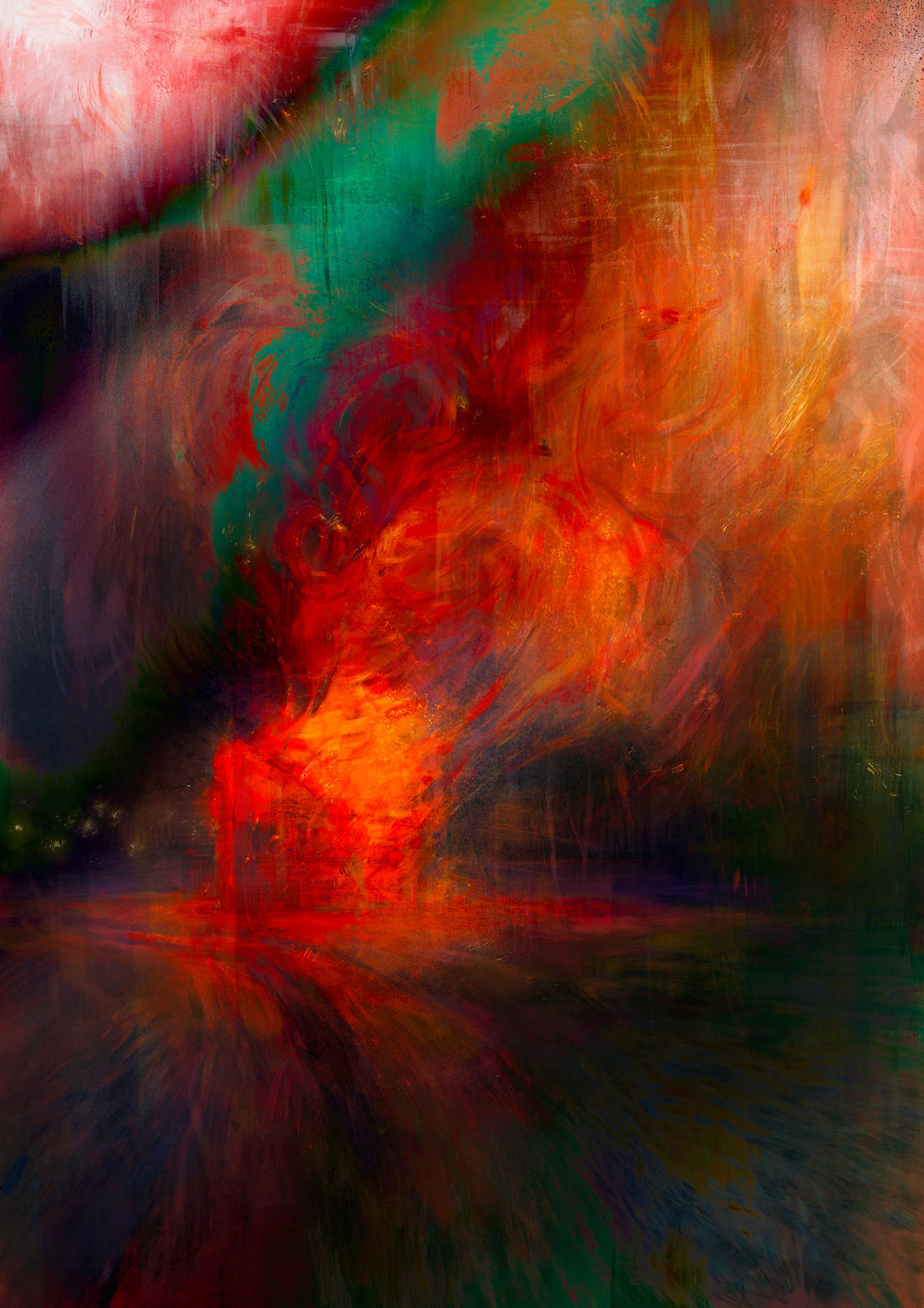
Art and artists play various roles in the fabric of contemporary society. How do you see artistic practices advancing sustainability and social consciousness?
Similarly to what I said about the rise of AI in the world, the art of creation is an ode to being human. As our world progresses, the news becomes increasingly alarming, and the climate continues to warm. It's all something that feels like it's beyond our control. Yet just like we progress and change within our personal lives and healing processes, we also heal the world around us.
By making intentional and thoughtful choices to engage with pressing issues that resonate deeply with you and channelling those feelings into artistic expression, you can ignite meaningful change. These deliberate actions are not mere whims; they are the seeds of transformation, capable of growing into something impactful. There’s no need to rush this process, especially when it comes to art. Like adopting a healthy diet or integrating exercise into your routine, you begin with small steps—often fuelled by little more than a spark of motivation. As time goes on, these efforts blossom, you gain knowledge, and soon they become integral to your way of life.
In today's fast-paced world, it’s all too easy to withdraw from reality, and this disconnection is becoming increasingly tempting as our attention spans dwindle. However, by courageously allowing yourself to feel, see, and confront reality instead of shying away, you can cultivate a deeper sense of awareness and a more profound engagement with the world. Start today—your contributions, no matter how small, can be the catalyst for a brighter future.
What message or call to action would you like to share with our readers?
I encourage you to step confidently beyond your comfort zone and embrace the opportunities presented by moments of discomfort. It is important to open yourself to new experiences, actively listen, and engage with your emotions rather than suppressing them. Cultivating awareness of those around you is essential, as is the practice of self-compassion. Each error may serve as a valuable learning opportunity on your journey, and it is crucial to remember that you need not shoulder the burdens of the world alone. Grant yourself the freedom to develop and succeed.
Learn more about the artist here.
Cover image:
Let it be by Maria Belik.
Images courtesy of Maria Belik.


_Lauren%20Saunders.jpg)

